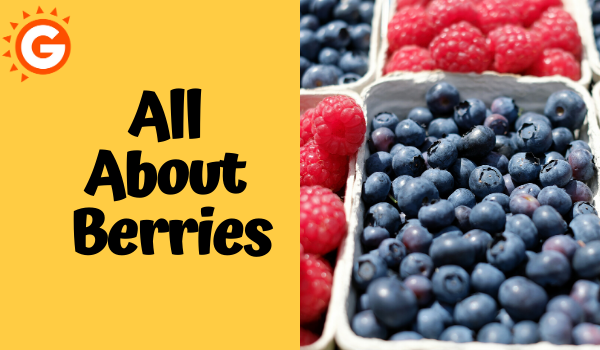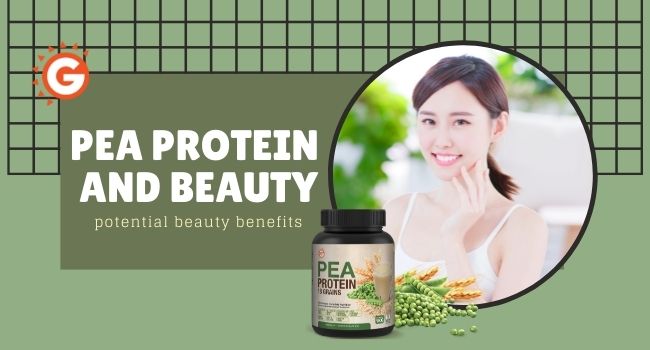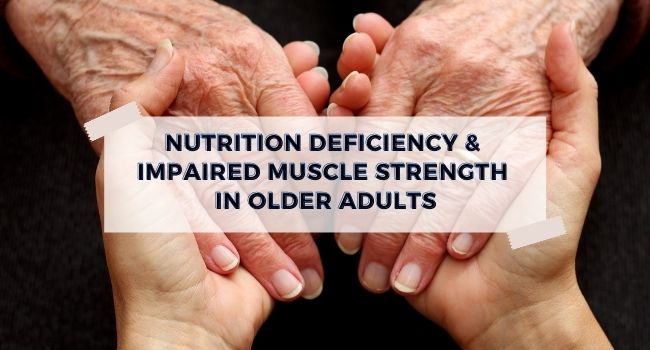The Different Types of Berries
Strawberries
- Rich in Vitamin C (1 cup = 150% RDI)
- High in manganese (1 cup = 29% RDI)
- Increase HDL (good cholesterol)
- Lowers risk of heart diseases (high cholesterol, triglycerides, oxidative stress)
- Controls blood sugar levels
- Fresh & frozen are are both easy to find
- Reasonably priced (for some)
 Blueberries
Blueberries
- Rich in Vitamin C (1 cup = 24% of RDI)
- High in Vitamin K (1 cup = 36% of RDI)
- High in manganese (1 cup = 25% of RDI)
- Lowers LDL (bad cholesterol)
- Rich in antioxidants
- Alleviate inflammation
- Fresh & frozen are both easy to find
- Reasonably priced
 Raspberries
Raspberries
- Rich in Vitamin C (1 cup = 54% of RDI)
- High in Vitamin K (1 cup = 12% of RDI)
- High in manganese (1 cup = 41% of RDI)
- Contains polyphenols which help to reduce oxidative stress
- Fresh & frozen are both easy to find
- Reasonably priced
 Goji Berry (wolfberry)
Goji Berry (wolfberry)
- Rich in Vitamin A (1 cup = 50% of RDI)
- High in copper (1 cup = 28% of RDI)
- High in Vitamin B2 (1 cup = 21% of RDI)
- Rich in antioxidant, zeaxanthin, which is good for the eyes
- Typically eaten dried, which makes it more concentrated with sugar
- Easy to find
 Açaí Berry
Açaí Berry
- Rich in Vitamin A (1 cup = 15% of RDI)
- 10 times richer in antioxidants and polyphenol as compared to blueberries (even though it’s freeze-dried!)
- Improves blood cholesterol levels, oxidative stress, and helps alleviate pain
- Typically eaten freeze-dried as an açaí bowl and consumed with other fruits and nuts
- Not easily found, and relatively more expensive
 Elderberry
Elderberry
- Rich in Vitamin C (1 cup = 87% of RDI)
- High in Vitamin A (1 cup = 15% of RDI)
- High in Vitamin B6 (1 cup = 17% of RDI)
- Traditionally used as an anti-viral & anti-influenza
- Typically cooked into a syrup or added into baked goods; not eaten raw
- Not easily found, and relatively more expensive
Sources:








